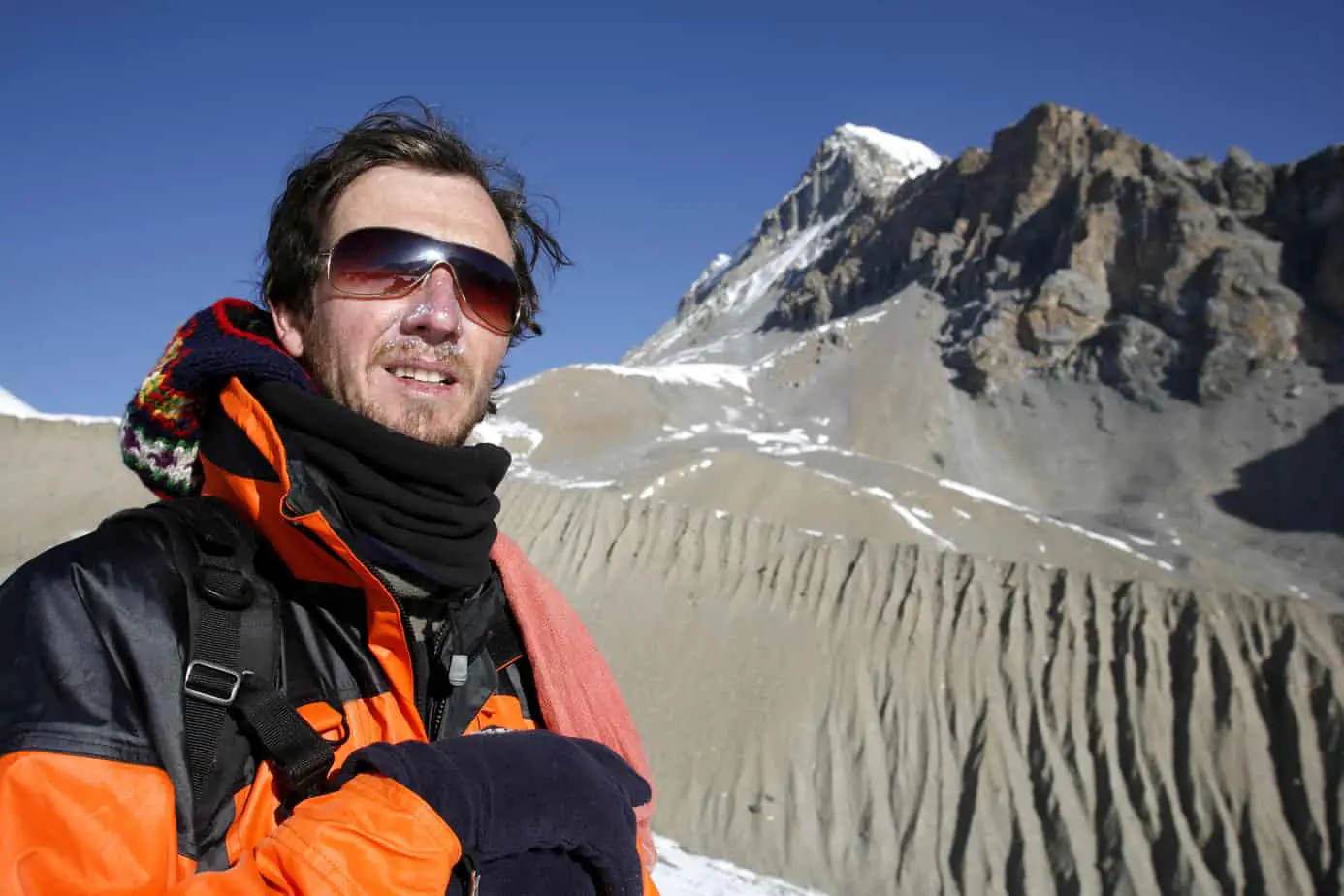
Have you ever bundled up in your warmest coat for a snow activity, only to end up freezing? Find out how to keep warm.
To keep warm in cold, wet conditions, you will need to not only implement layering principles, but also be flexible with them. The basic idea of layering is to spread your protective gear over several layers, so that you can add or remove them if you start to become too hot or cold. The innermost layer, the base layer, is responsible for wicking moisture away from your skin to keep you dry. Functioning as the primary insulator, the middle layer helps you retain your body heat. The waterproof shell layer protects you from the weather.
The Base Layer (Innermost)
The base layer is the most important, because it wicks away moisture from your skin to keep you dry. The fibers in this layer are hydrophilic, so the water will travel along them and be moved away from your body. Water absorbs lots of heat to evaporate, which means that any water you have against your skin will try to steal any of your body heat it can, leaving you chilled. If you have too many layers on for your level of activity and you start to sweat, it will make you very cold, very fast; so you should remove some of the layers. The best fabrics to use in this layer are wool and synthetics.
Insulation (The Middle Layer)
Heat is the total movement of particles in an object. Because this energy is transferred by particles bumping into each other, the best way to prevent heat from moving out is to increase the amount of empty space between you, and the cold. Insulators accomplish this because they are fabrics with lots of air in them, that insulates and restricts the movement of heat. The best insulators are wool or fleece. Down is the lightest and the warmest, but it is also more expensive, and loses its insulative properties if it becomes wet.
Weather Protection (Outer Shell Layer)
If you don’t protect your insulator, the wind will blow all of the heat out of it, and the rain will soak it. The outer shell is a critical layer because it blocks the wind, snow, and rain. The outside of the weather protection layer should have a coat of durable water repellent. It is also important to have an outer shell that allows some perspiration to escape.

